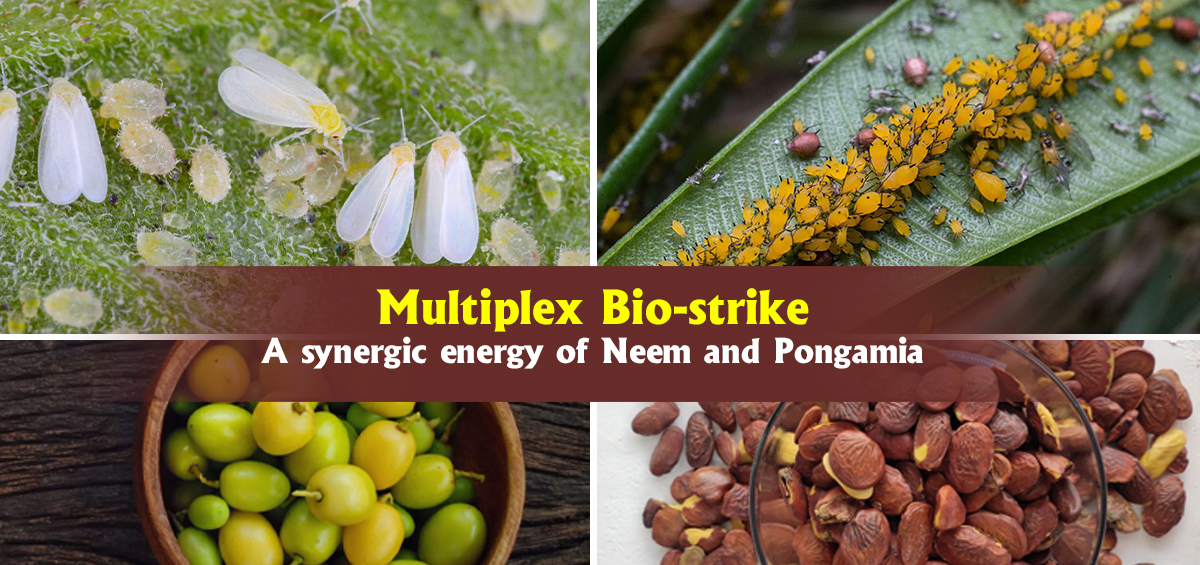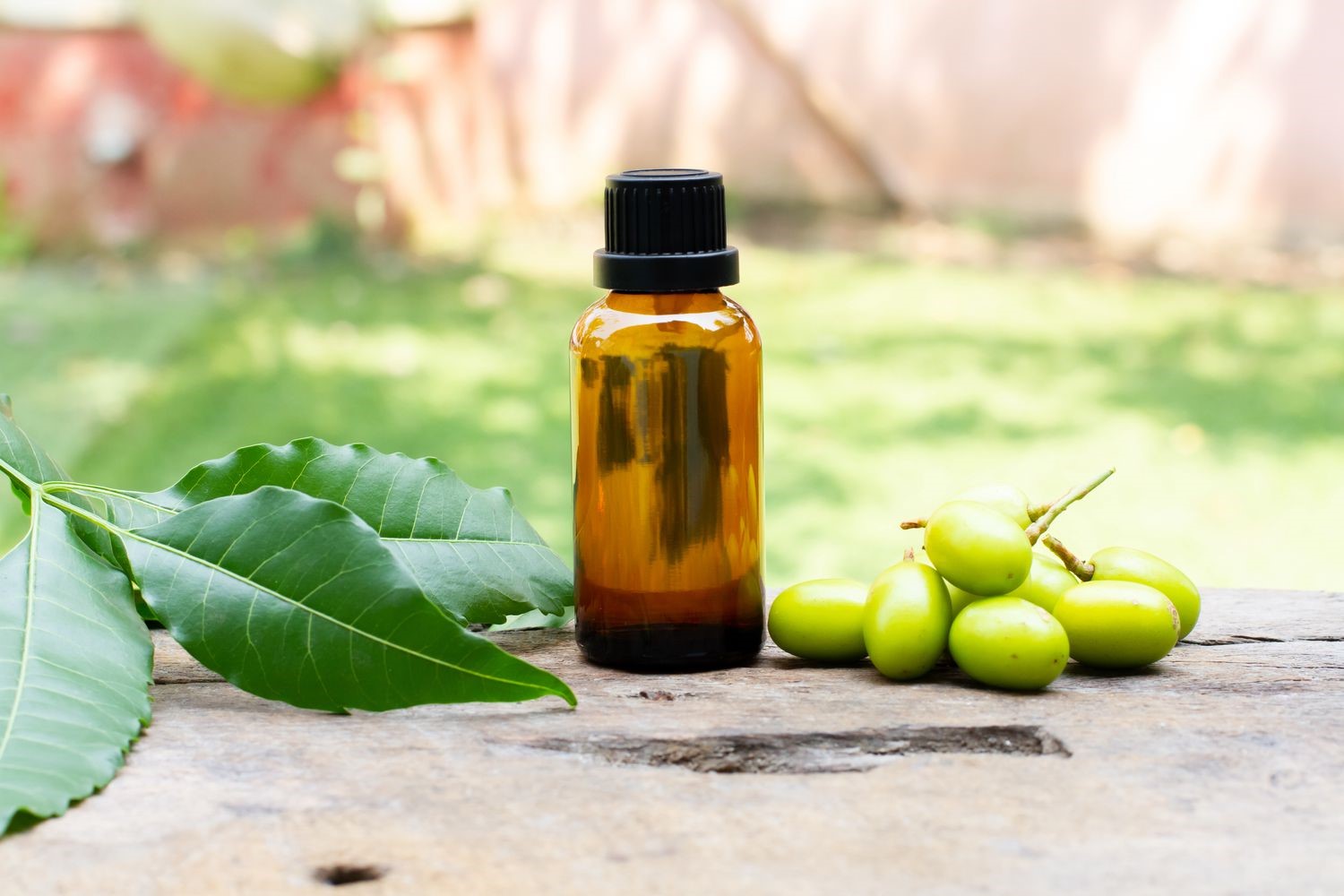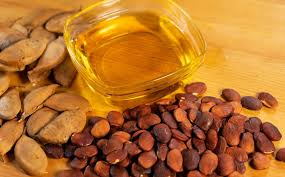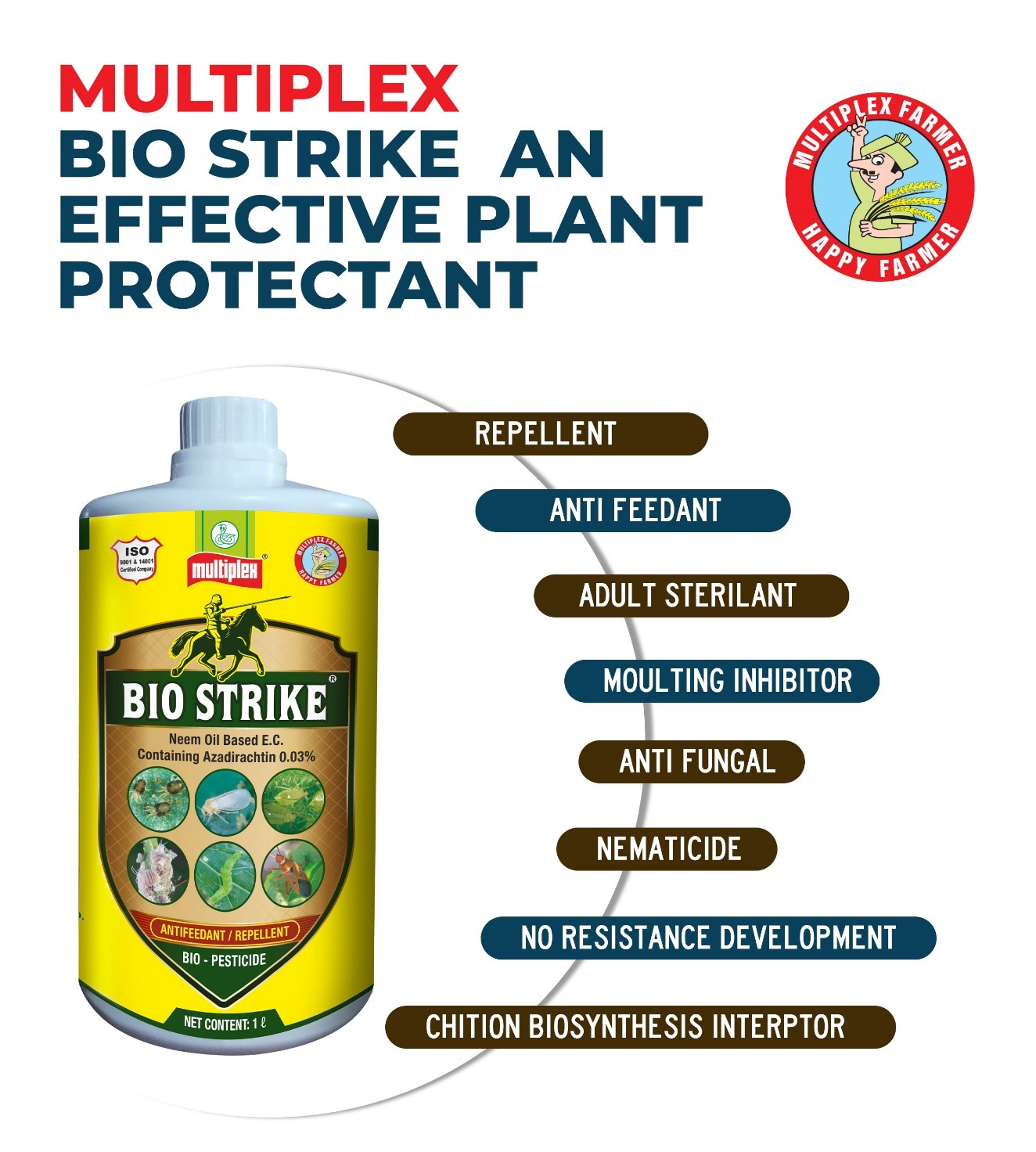Insect management is crucial for successful agricultural production. Many commercially grown crops are affected by insect damage. While chemical insecticides are commonly used to control infestations, they come with various disadvantages, such as pest resurgence and resistance, eradication of non-target beneficial organisms, environmental pollution, and hazardous effects on human health. Therefore, there is a growing interest in using plant-based biopesticides for a safer future. Neem and Pongamia are among the most commonly used botanicals for this purpose.

The neem tree (Azadirachta indica) is indigenous to India and well known as the wonder tree for centuries in the Indian subcontinent as it offers answers to some of the major concerns facing mankind. Every part of the plant has some use, with the seed kernel containing a higher concentration of azadirachtin, which is significant in insect management. The principle compounds present in neem are oxidized tetranortriterpenes including azadirachtin (Azadirachtin A), azadiriadone, epoxyazadiradione, azadirone, nimbolinin, nimbidol, quercetin, nimbidine, nimbin, deacetylnimbin, salanin, gedunin, gallic acid, catechin, mahmoodin, meliantriol, 17-hydroxydiradione and relative derivatives. Azadirachtin, a tetranortriterpenoid, is the main active ingredient isolated from the seeds of Azadirachta indica and is widely used in insect management. Neem has multiple modes of action that confuse insects, making it difficult for them to build resistance. It possesses various insecticidal properties, such as repellency, antifeedancy, toxicity, and growth disruption, against numerous pest species.

Apart from the insecticidal action, Neem has demonstrated activity as a nitrification inhibitor, helping to slow the bacterial activity that is responsible for denitrification, hence decreasing the loss of urea. Neem cake can be used as soil conditioner and Neem oil as urea coating agent. Neem cake is rich in P, Ca, S, K content hence this makes a good organic manure Used as green leaf Neem used as natural bio-fungicide.
Azadirachtin concentration effective for different insect orders are mentioned below
Caterpillars = <0.001-50 ppm –anti-feedant, larval mortality
Beetles = 100-500ppm
Sucking pests = 100-500ppm – early death of nymphs due to inhibition of development and ecdysis defects
Wasp pests = 100-500ppm – reduced food intake, larval and pupal Development.
Locust, grasshoppers = 0.001->1000 ppm antifeedant
Pongamia pinnata is a multipurpose legume tree originating from Asia. The oil extracted from this tree is used as an insecticide against various pests, including borers, sucking pests, and storage pests. Karanja oil is rich in furano- flavonoids, containing up to 70 flavones and their derivatives that have been isolated from Pongamia pinnata. Among these compounds, karanjin is effective against a wide range of insects. The oil and extract of karanja act as insecticides, repellents, antifeedants, and growth regulators, and even deter ovicidal activity.

When Pongamia and Azadiractin are combined, their effects exhibit synergistic properties.
Synergism refers to the combined effect of two factors being greater than the sum of their individual effects. This phenomenon is observed in various insecticides. Additionally, synergism is evident in the combination of neem and karanja oil, known as Multiplex bio-strike. Both oils demonstrate high effectiveness individually, and their combination proves even more potent against sucking pests. The mixture of Pongamia and Neem oil is almost three times more effective than neem oil alone and up to 28 times more effective than Karanja oil alone.
Several sucking pests are developing resistance and resurgence due to improper management practices, such as repeated use of the same chemical, shorter life cycles, and more generations per year. Furthermore, the use of chemicals at higher doses than recommended exacerbates this issue. Consequently, the preference for bioinsecticides has increased due to their lack of these disadvantages.
Numerous neem and pongamia based combinations are available in the market, among which Multiplex Bio-strike is a notable option. It can be combined with Entomopathogenic fungi such as Beauveria bassiana, Metarhizium anisopliae, and Verticillium lecanii to effectively control pests, particularly sucking pests. Moreover, Multiplex Biostrike containing Neem and Pongamia oil can be used with any chemical insecticide.
Hence, Neem and Karanja oil containing bio-strike appear to offer the optimal solution to contemporary crop protection challenges.
